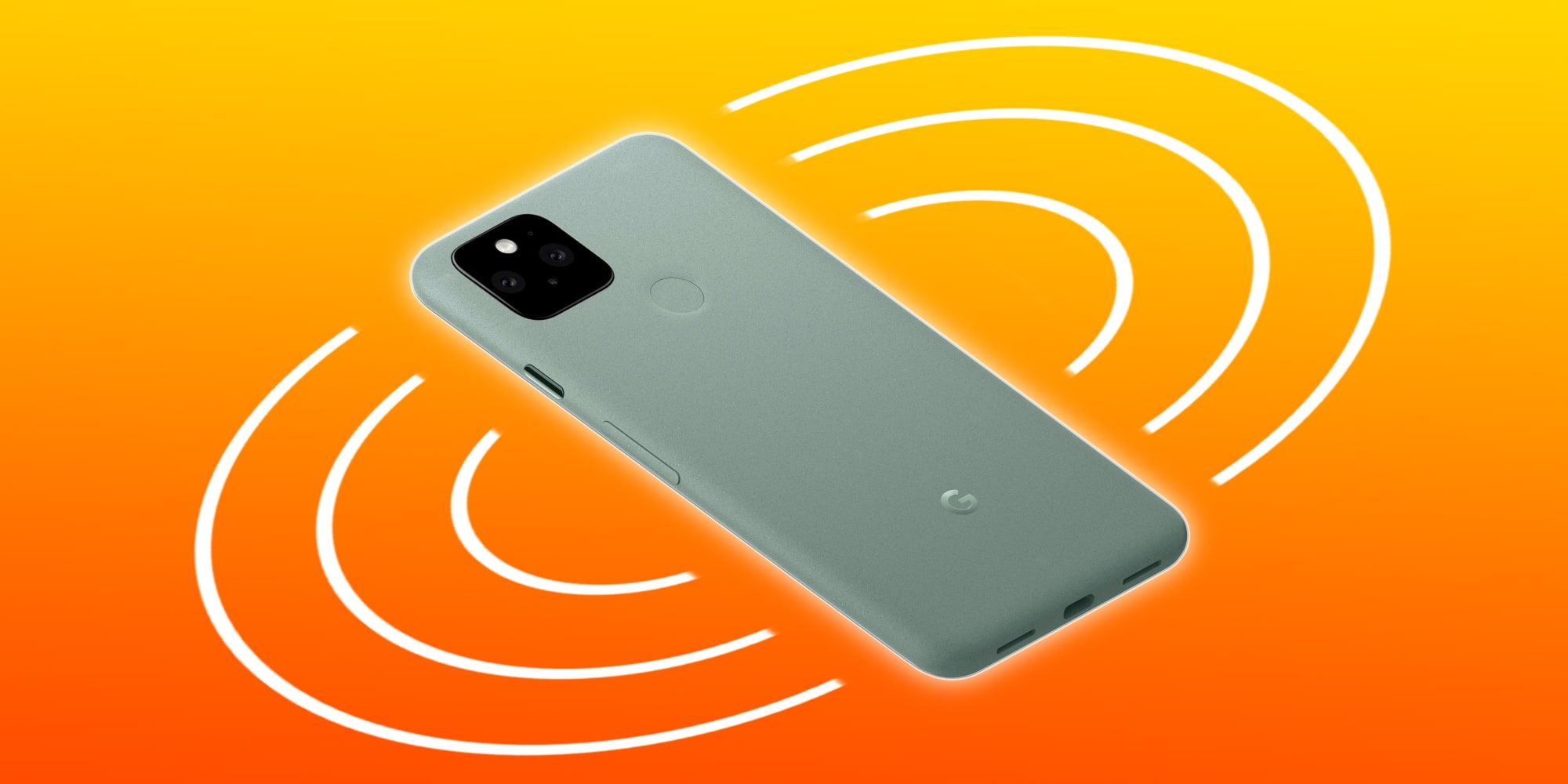Google includes spam protection in its Android operating system using the Caller ID feature. This is a huge benefit for Android users as it is something that can only be done with the use of third-party apps on an iPhone. Google is able to achieve this by drawing on its history of integrating with telephone systems and its large user base to identify spam.
Google has been developing internet-based technology for telephone communication for over a decade, buying GrandCentral, a call forwarding and consolidating service, that was refined and expanded to become Google Voice. As such it has a long history with the technology and plenty of time to innovate solutions to common problems. Google Voice provides such advanced features as voicemail transcription into email text, forwarding of calls to multiple devices simultaneously, making and receiving calls from multiple devices, and even managing all of these features from any web browser or mobile device app.
Of course, Android includes a regular dialer as well allowing the user to make and receive calls through normal cellular service. Google’s expertise with call management likely helped it design an excellent spam protection service, which is included in devices running Android 6.0 and newer. The controls for spam protection can be found in the Phone app. Tapping the menu (three dots stacked vertically) for more options and then tapping Settings and Caller ID & spam will open the appropriate window. Switching the feature on will allow Google to display “Suspected spam caller” or “Spam” as the caller ID, at which point the user can block and report the call or, if recognized, answer the call as usual. From the same settings screen, there is also an option to ‘Filter suspected spam calls.’ Enabling this will prevent the smartphone from ringing when any calls are received that Google identifies as likely to be spam. A notification will still appear and voicemails can still be recorded, but the ringing will be blocked, reserving it for what are likely to be more important calls.
How Spam Protection Works & Corrections
Google’s caller ID will attempt to match the incoming call to any companies or services that it can find in its large directory and identify them for the Android phone user. It uses industry directories as well as its own ‘Google My Business’ directory. There are lists of spam callers which makes that identification easy. Google may also use aggregated information from multiple users to identify suspected call spam. In order to contribute by reporting spam, the user can go to the recent calls tab in the Phone app, select the spam call and tap ‘Block/report spam,’ which results in the option to either just block or to block and report.
Of course, Google or the user can make an error and incorrectly identify a valid call as spam. If that happens, it’s important to report the mistake. This is done in a similar fashion. In the Phone app, the user can tap the recent calls tab, then find the call that was mistakenly marked as spam. Choosing ‘Unblock number’ will enable calls from this number to be received again. Google builds thoughtful and advanced features into its software, with Android caller ID and spam protection an excellent example of this.
Source: Google


